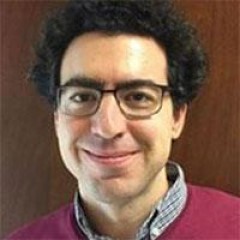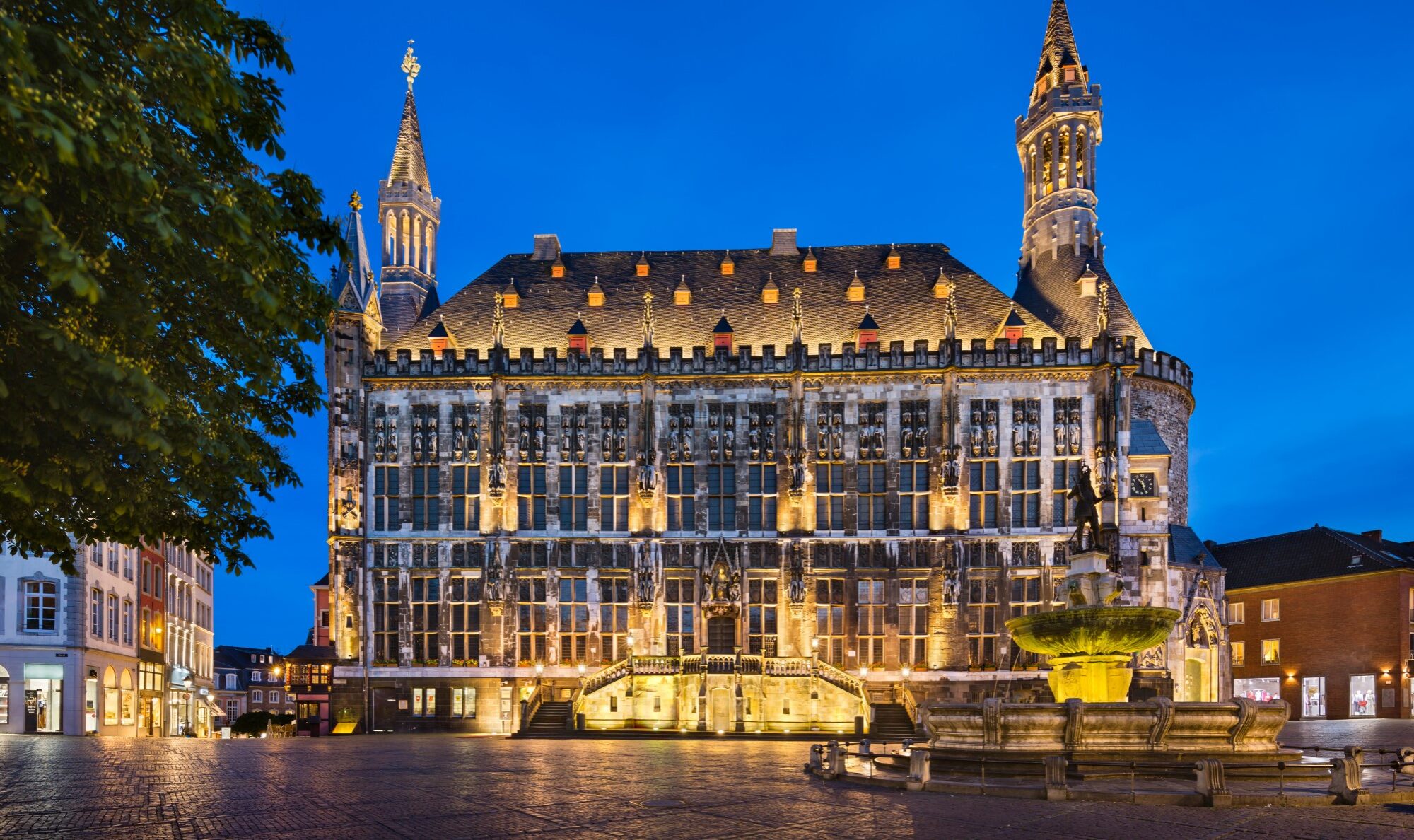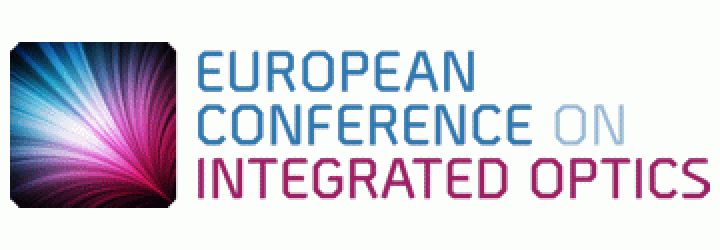Conference Program | Plenary speakers | Invited speakers | Instructions for authors
Conference Program
The full conference program can be accessed here, or access the session overview via this link.
Or download the full conference program in PDF, or the session overview in PDF.
Plenary speakers

ETH Zürich
Plasmonics for Integrated Optics

University of Erlangen
A Particle Accelerator on a Photonic Chip: Design and Applications

Nanophotonics for tailoring radiation from fast electrons

Integrated devices and high-dimensional photonic systems for quantum technologies

Coherent
Advances in electro-optical components for datacom and sensing applications
Invited speakers

Yale University
THz Bandwidth Nonmagnetic Isolators in Silicon

University of Hongkong
3D integration enabling ultra-low noise isolator-free lasers in silicon photonics

University of Washington
“New integrated LiDAR technology using chip-integrated beam steering and frequency-angular imaging”

Université Paris Saclay / Centre National de la Recherche Scientifique (CNRS)
Engineering Photons and Phonons in Silicon Nanostructures

National Institute of Standards and Technology (NIST)
Single solid-state quantum emitter photonics for on-chip quantum information

Infinera
Next-generation coherent pluggables enabled through vertical integration

Associate Professor
KAIST (Korean Advanced Institute of Science and Technology)
MEMS-based integrated photonic elements for ultra-low-power programmability

Hebrew University of Jerusalem
Atom-photon interactions in atomic vapor waveguides

University of Málaga
Integrated Photonic Biosensors

Baylor University
High-Speed Conductive Oxide Modulator with Sub-Volt Driving Voltage

University of Maryland
Programmable Integrated Photonics with Phase-Change Materials

KTH Royal Institute of Technology
Integrated and nonlinear photonics in thin film lithium niobate

Bristol University & Duality Quantum Photonics
Integrated photonic quantum technologies

Full Professor
Politecnico di Bari
Cutting-edge Integrated Photonics in Space

Head of Quantum Technology Division
Toshiba Europe Ltd
Quantum Key Distribution with Integrated Photonics

Institut des Nanotechnologies de Lyon
VO2 nanophotonics
Multilevel reconfigurable nanophotonics with low-loss phase-change materials

Chalmers University
Power-efficient silicon nitride soliton microcombs

Scuola Superiore Sant’Anna
Integration Technologies for High-Speed Neuromorphic Photonics
Instructions for authors
Oral Sessions
The presentation times for oral sessions are as follows:
- contributed talks 15 minutes
- invited talks 30 minutes
Please consider that each presentation should include 3 minutes for Q&A.
Presenters and chairs should meet 20 minutes before the beginning of their session in the room indicated in the programme.
Presentations should be prepared in MS PowerPoint (preferred) or in PDF format and uploaded directly in the assigned conference room before the beginning of the session.
A 16:9 FullHD video projector and a PC are available in conference rooms as well as a remote controller with laser pointer.
We suggest preparing presentations in 16:9 format, however 4:3 would be also acceptable. Videos included in the presentation are recommended to be in WMV and AVI formats.
Poster Sessions
Poster boards are in vertical/portrait format and their size is A0 (W: 841 mm x H: 1189 mm).
Every poster-holder will display the paper number. All materials necessary for fastening the posters are provided by the organizers and are available in the poster area. Presenters are asked to set up their poster during the coffee break preceding the poster session.
Presenters should display paper titles, lists of authors and author affiliations on their posters.
Presenters are required to be available for discussion during the scheduled poster session. After the end of the session, presenters are asked to remove their own poster. The organizing committee does not take responsibility for posters left unattended after the end of the session.




